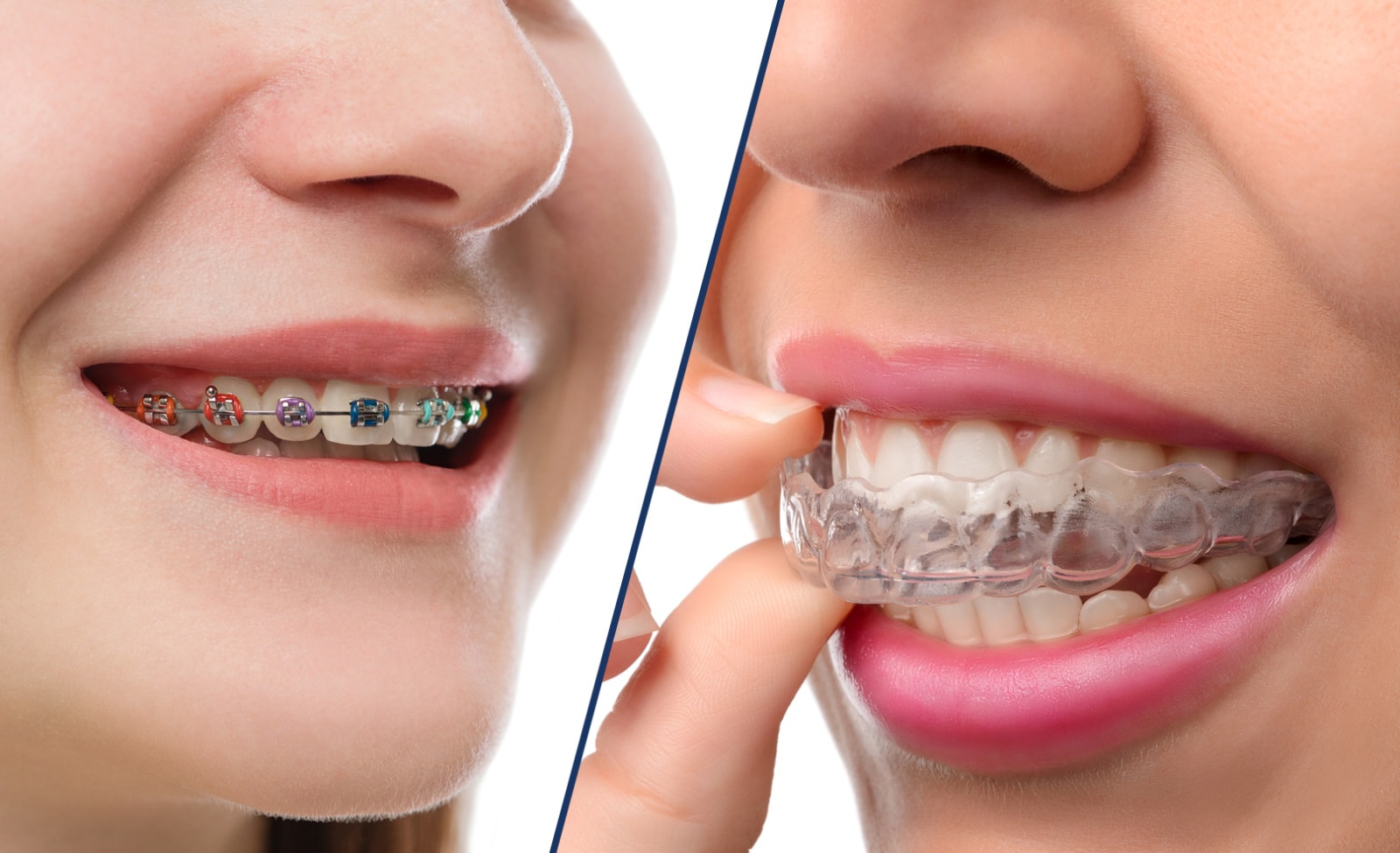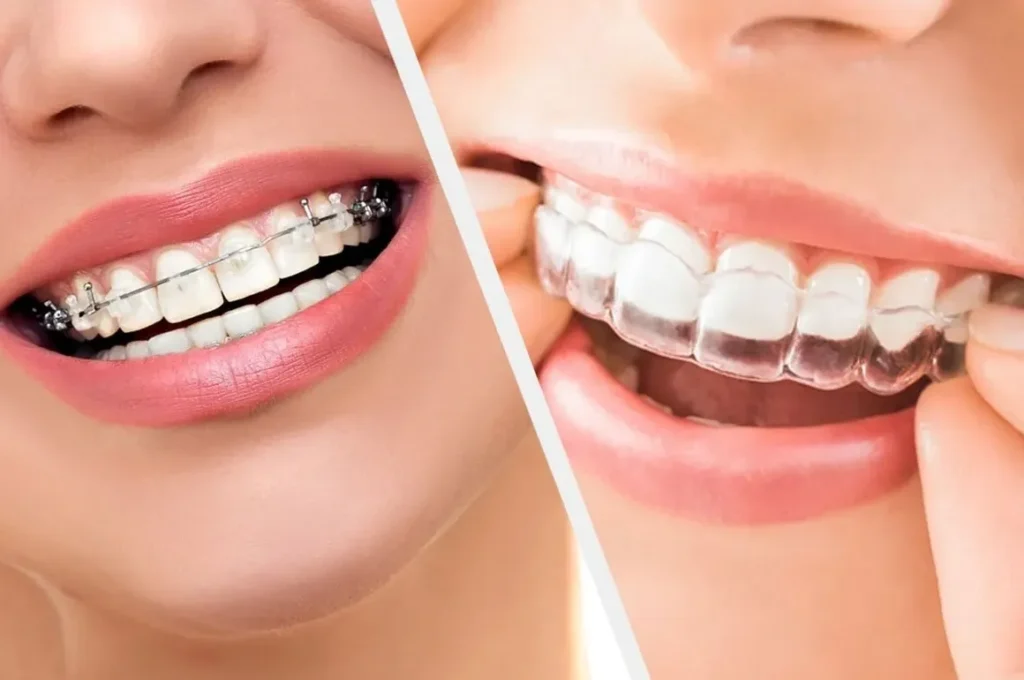Invisalign vs traditional braces: which one is right for you?
Orthodontic treatment helps straighten teeth and improve oral health. Invisalign and traditional braces are two popular options. According to the American Association of Orthodontists (AAO),
“Both Invisalign and traditional braces are effective for correcting misaligned teeth, but each has its own advantages depending on the patient’s needs.”
Traditional braces use metal brackets and wires to move teeth into place. Invisalign consists of clear aligners that are removable and nearly invisible. Dr. Emily Carter, an orthodontist in Chicago, explains,
“Braces apply continuous pressure to teeth, while Invisalign aligners gradually shift teeth using custom-made trays. The choice depends on the complexity of the case and patient preferences.”
Effectiveness and treatment time
Both methods can correct various dental issues, including crowding, gaps, and misalignment. However, the treatment time may vary.
Dr. James Reynolds, a specialist in orthodontics, states,
“Braces are often recommended for more severe cases. Treatment typically lasts between 18 and 36 months, while Invisalign may take 12 to 18 months for mild to moderate corrections.”
Patients must wear Invisalign aligners for at least 22 hours per day. With braces, adjustments are made periodically by the orthodontist.
Comfort and aesthetics
Comfort is a major consideration for patients. Traditional braces can cause discomfort due to metal brackets and wires. Invisalign aligners are smoother but may cause mild pressure when shifting teeth.
Dr. Lisa Thompson, a New York-based orthodontist, notes,
“Some patients prefer Invisalign for its discreet appearance, while others don’t mind the look of braces. Ultimately, the decision comes down to lifestyle and personal preference.”
Cost and maintenance
The cost of orthodontic treatment depends on factors like location and complexity.
According to the American Dental Association (ADA),
“Traditional braces typically range from $3,000 to $7,000, while Invisalign can cost between $3,000 and $8,000, depending on the treatment plan.”

Maintenance is also different. Invisalign requires patients to clean aligners regularly, while braces need proper brushing and flossing to prevent plaque buildup.
Also Read: Affordable Urgent Care Options for the Uninsured
Which option is best for you?
Choosing between Invisalign and traditional braces depends on individual needs. Dr. Carter advises,
“Patients should consult with an orthodontist to determine the best option based on their dental condition and lifestyle.”
Both Invisalign and braces are effective solutions for straighter teeth. A consultation with a professional can help decide which treatment is right for you.

